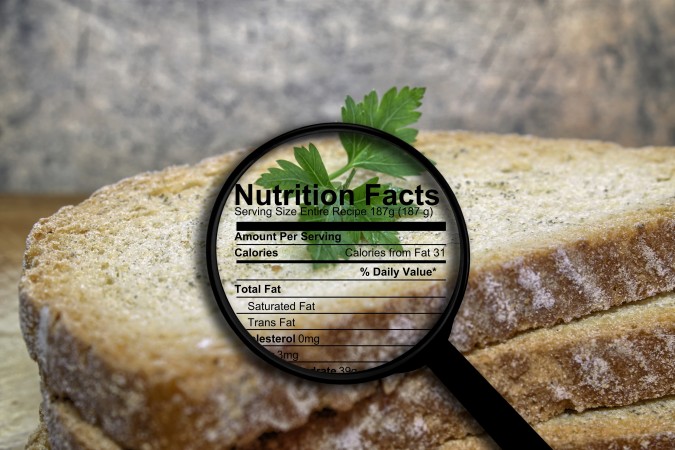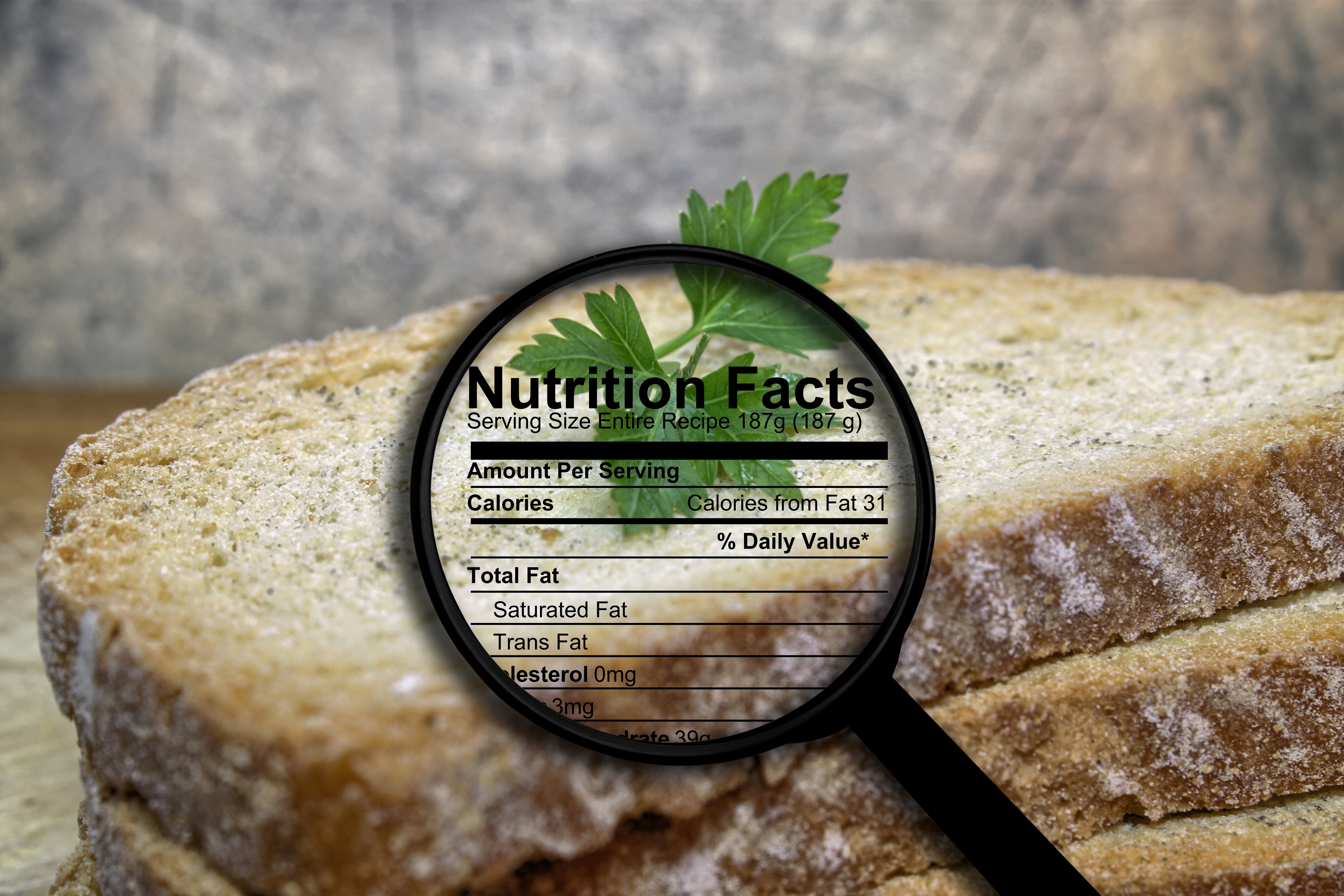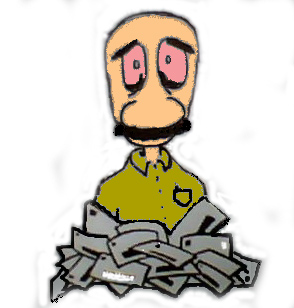
Goodbye..

 Be a Label Reader
Be a Label ReaderYou’ve heard the following list before but it is worth repeating for optimal health. A few of the ‘bad stuff’ ingredients added to packaged food to avoid are:
Trans fat
Patially Hydrogentated oil
Refined grain
High fructose corn syrup
Salt
There are a myriad of packaged foods to make life more convenient. The packaging is incredibly appealing. Beware though; you may pay for this convience later in life. Many of the devastating diseases are linked to the ‘bad stuff’ list. Companies pay millions to make their packaged products as appealing as possible. Here is interesting reading on the topic.
One thing I avoid ALWAYS is artificial sweeteners. Here are some reasons why: http://health.howstuffworks.com/wellness/food-nutrition/facts/artificial-sweetners-unhealthy-eco.htm
There is every opinion imaginable when it comes to what foods to eat, plus what you hear is CONSTANTLY changing! If you eat it and you feel great after eating it, that is a pretty good clue it’s worth eating. That is not the perfect indicator, but it usually works for me.

 NONCASH Charitable Donations –tax info–
NONCASH Charitable Donations –tax info–We live in a “throw away” society. I personally feel satisfaction when I can donate something of value that can be used by someone else. I usually take between a $1000 to $2500 deduction per year for non-cash donations.
When I was in high school, my friend’s grandpa was the manager of the Ogden Deseret Industries. My friends and I were able to get part-time jobs driving trucks and picking up appliances. That job gave me a first-hand witness of the blessing of this organization in providing work to handicapped people.
Remember, the donations need to be to qualified charities and no deduction is allowed for a charitable contribution of clothing or household items unless the clothing or household item is in good used condition or better. The IRS is authorized by regulation to deny a deduction for any contribution of clothing or a household item that has minimal monetary value, such as used socks and undergarments.
Recordkeeping Rules for Charitable Contributions
To help substantiate a deduction for the fair market value of used items donated to charity,
make a list of each item donated on a separate sheet of paper along with the following
information.
• Name and address of charity.
• Date items were donated to the charity.
• Description of each item donated.
• Fair market value of each item at the time they were donated (email me and I can send you a guide).
• Date each donated item was originally purchased or acquired.
• Cost or other basis of each item donated.
Ron
ron@the-tax-coach.com
PS Email me if you would like to get a Guide of the Fair Market Value of Donated Items